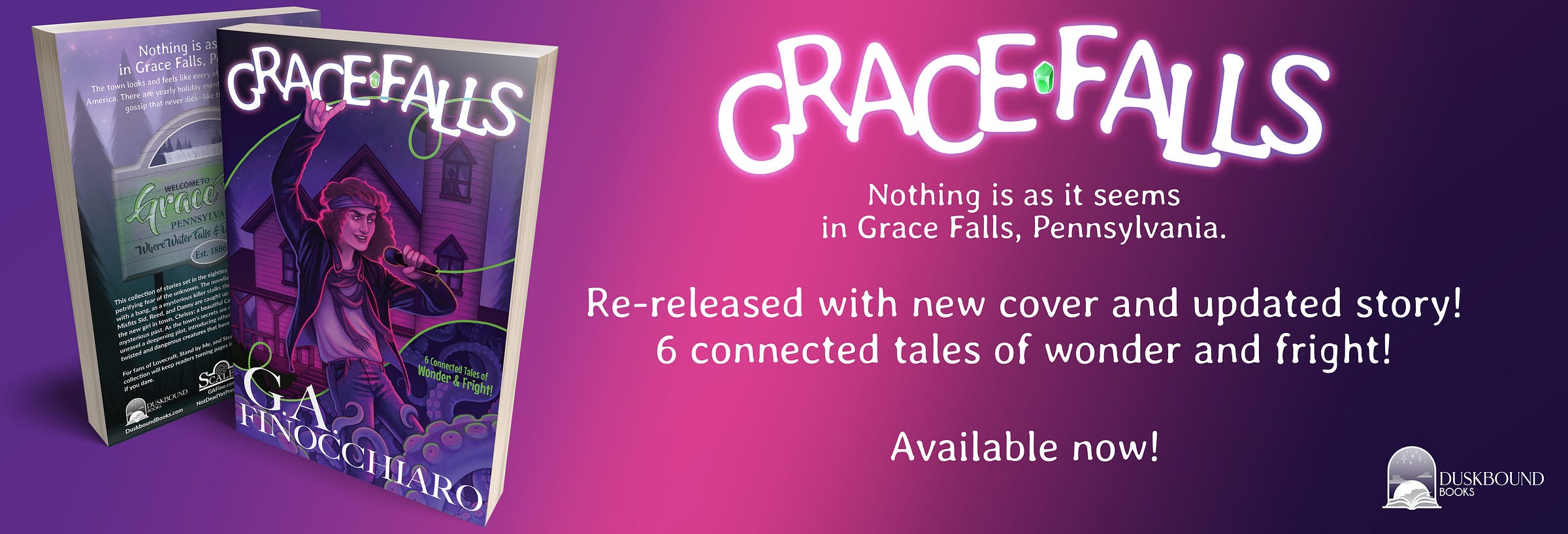6 Tips for Authors working with Illustrators
Connecting the written word with visuals should never be a frustrating exercise.
Hello authors! Have you ever wanted to hire an illustrator but didn’t know how to get started? Have you ever struggled to work with illustrators, or didn’t know how to connect the written details with the visual minutiae?
Well, this article is for you! Here are some tips to working with Illustrators.
1) Do your research.
Finding illustrators can be difficult but rushing into hiring an illustrator is never a good idea. It took me years to find a handful of good illustrators that I enjoy working with. I started by going to comic book conventions and walking through Artist Alley meeting freelancers. That’s how I met the wonderful Rachel Perciphone who I currently contract to illustrate all my covers! Rachel had been digitally painting for years and was open to new opportunities.
Illustrators come in all different specialties. Some may be well rounded, others are cover specialists, character designers, and more! Be sure to discuss what kind of project you’re looking for and see if it matches the skillset of the author’s portfolio.
Not every illustrator you meet will be a good fit, and not every good fit has great timing to produce your illustration in your timeline.
It's important to plan ahead, develop your marketing goals for a clear vision forward, and give plenty of time to work out the details with the illustrator. However, what makes for a good partnership relies in the ways of working between the written creative and the visual creative. It’s a balancing act that can be a difficult needle to thread.
You can start by providing the illustrator a list of must haves.
2) Must haves.
Some details are more important than others.
Does your heroine have a birthmark in the shape of Idaho on her right cheek? If so, make that a must have!
Is your sidekick’s handlebar mustache well groomed? Are they wearing a blue or green tunic? How many air-holes are present on his crusty pair of crocs? Are these important to the story or just envisioned details of an overly descriptive writer?
If the latter, its best to let the artist interpret the character using their imagination with the necessary must haves. Dictating every fine detail is a recipe for disaster. Remember, this is an interpretation, and a good partnership is one where the Illustrator’s creativity is just as important as yours.
Must haves are also good for mapping out moods, tones, and overall themes.
But what if the mustache needs to be a handlebar mustache and cannot be a Zappa ‘stache? That’s why you should also disclose must NOT haves.
3) Must not have.
Let’s say that your hired illustrator returns their first draft and the overall composition has tones of of red and orange, but your book “feels” cold and desolate? Presenting your illustrator with a list of must NOT haves could have avoided this mistake.
Must NOT haves are good for listing out important composition elements that do not jive with your book and your marketing goals.
But what if you had a certain look or vibe in mind for a character? Sometimes a good casting call is in order.
4) Casting Call.
Illustrators, just like authors, are not mind-readers. Though some of them are so very talented that they can almost anticipate necessary details into their work that blend nicely with the written page, they are still only able to interpret those details you provide.
A fun exercise is to create a mood board—although some people prefer to go a little further to create a casting call. This is where you put together a document of necessary details for characters with supporting images.
Let’s say your mystical sword must have a jewel embedded hilt in a very specific shape, or the romantic love interest has a specific bowl haircut that is described so many times in the story that it must be correct or dash your reader’s hearts into a thousand tiny shards of bleeding heart… Then it is up to you, dear author, to provide a visual representation to your illustrator to help them bridge that gap between your imagination and theirs. Just remember, leave some creativity to the illustrator because it’s important to…
5) …Balance necessary details with the artist’s creativity.
I cannot explain how many times I received an illustration for a cover or for a character poster and just felt so entirely amazed with the work that I couldn’t stop staring at it. In fact, I would purposely stop staring at it for a little while just so I could pick it up later to “resee” it again with new-ish eyes each time.
Sometimes it’s best to let the artist to fill in the blanks with their own interpretation. This provides the freedom for the illustrator to create the composition rather than following the author’s strict vision. Remember author, you are not a visual creative—listen to your illustrator when it comes to composing great, impactful illustrations.
6) Agree on a contract up front.
In fairness to both you and the illustrator, before any work begins, strike up a contract with the illustrator. Make sure the terms fit your needs and understand that this is a deal between two parties that must be honored.
If the illustrator doesn’t want their work altered without their consent, honor it. If the illustrator demands fair payment if your book becomes the next NYTimes best seller and has their cover art plastered all over Times Square? Honor it with their fair share as outlined in the contract. If the illustrator is asking for payment at specific points in the process, honor it. Remember, it’s not just their good name that agreed to the deal, it is yours as well.
In Summary
Illustrators come in all ranges of skillsets, styles, and experience. Some are more expensive than others, and usually the best can be seen as expensive for an indie author’s pocket.
Do your research. Understand the market. You will receive the quality of work you pay for. Do not belittle your illustrator if the work does not turn out the way you would like. If you find that the work is going in an irreconcilable direction, ask the illustrator end the project and pay the aforementioned amount due on the contract.
Artists love their craft just as authors love theirs. A great project can have some bumps, but taking the time to work through it with a happy outcome is always worth the extra efforts.
About the Author
G.A. Finocchiaro was born and raised in South Jersey. He is a self-described goofball with a taste for bad jokes and good burgers. Finocchiaro currently lives in the Philadelphia burbs with his imaginary friend, Ichabod.
Please visit GAFino.com for more information about G.A.’s work, or visit DuskboundBooks.com.
Welcome to Grace Falls!
The re-release of the anthology that has become the backbone of G.A. Finocchiaro’s SCALES SEQUENCE, grab a copy of Grace Falls with a new cover and updated stories. Accompany Dylan as he enters the creepy old house of his creepier old teacher, Mr. Hallows, on a snowy winter’s night. Follow Sid, Reed, Danny, and Chrissy as they tussle with a serial killer that has invaded their town during the hottest summer on record.
Six connected tales of wonder and fright!
Available now where books are sold!
FALLEN Arrives This May!
The newest book in Aly Welch’s Masquerade Series arrives this May.
Pop star Tiffany Sharp has it all—fame, fortune, a passionate fan base—until a vicious tabloid rumor regarding her link to the otherworldly Lafayette Corporation threatens to end her career. Caught in a web of lies, Tiffany no longer knows who to trust as she seeks her true identity.
Friends have their own problems. A new menace lurks in the Hollywood Hills while other threats across the country grow in strength and numbers. Worlds collide as the mystery surrounding Tiffany Sharp unfolds.





Thank you for this.